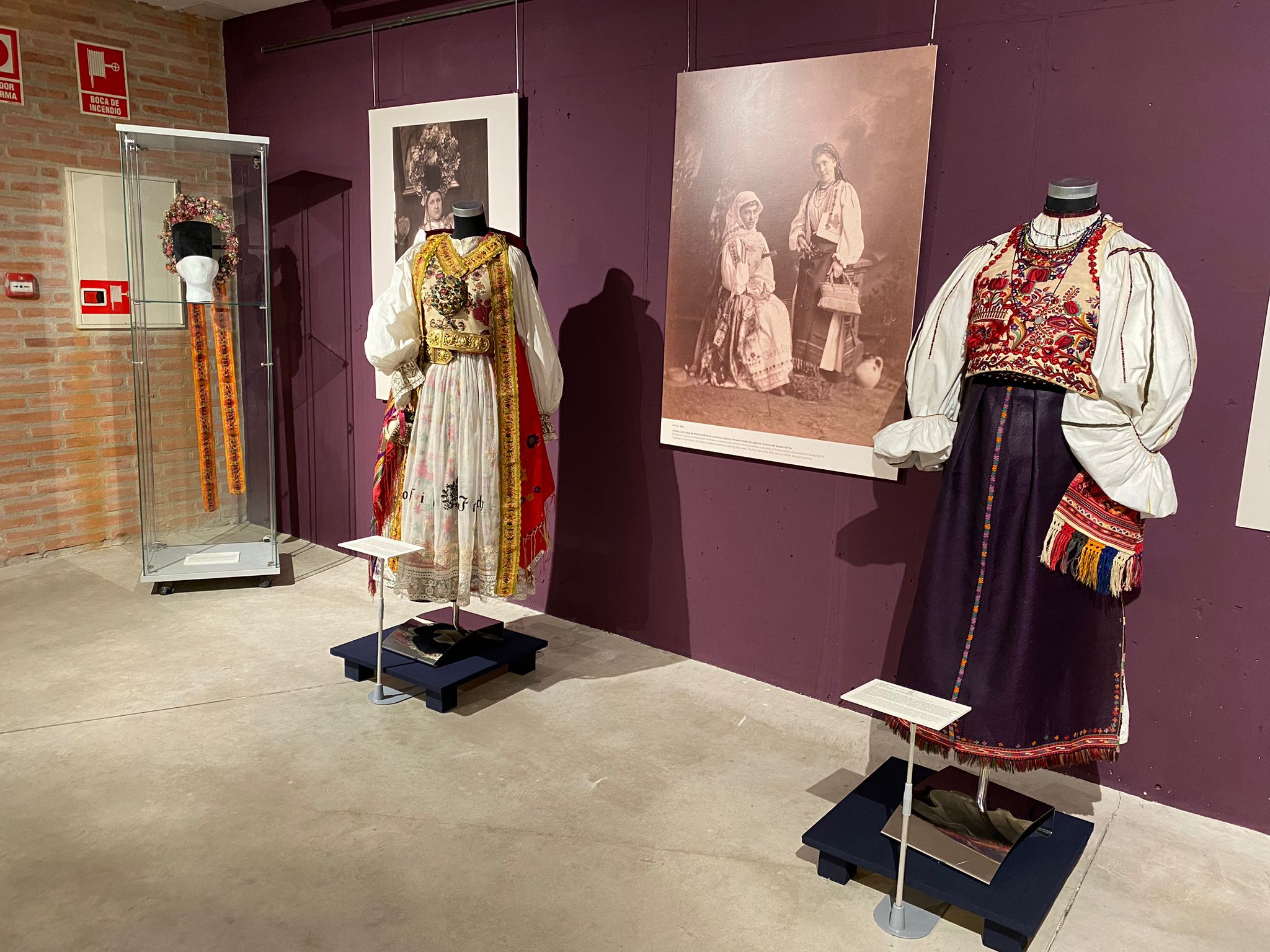Juan David Latorre
Last Monday, the Instituto Rumano de Cultura opened the heritage exhibition The Traditional Blouse. The elegance of garments in Romania at the Museum of Popular Arts and Traditions UAM (calle Carlos Arniches, 3-5), with the Astra Museum of Sibiu, under the auspices of the Romanian Embassy and the patronage of the Romanian Ministry of Culture.
The event was attended by Miguel Manso Silván, Vice-Rector for Campus and Infrastructures of the Universidad Aunónoma de Madrid (UAM); Ana Isabel Díaz Plaza Varón, curator of the Museum of Popular Arts and Traditions; Raluca Mihăilă, Chargé d’Affaires of the Romanian Embassy; Mirela Crețu, director responsible for the management of the collections of the ASTRA Museum in Sibiu, and the experts Iulia Teodorescu, Elena Gãvan and Camelia Ştefan of the ASTRA Museum.
During the ceremony, the director of the Instituto Rumano de Cultura, Maria Floarea Pop, pointed out that “it is our responsibility to perpetuate and pass on to the next generations the love for the Romanian blouse and for the traditional symbols that complete our identity heritage and thus the 24th of July is considered the universal day of the Romanian blouse”.
Raluca Mihăilă then took the floor and said: “We have succeeded in highlighting 138 pieces of heritage that are a real treasure of our traditions. This event is more than just a presentation of our traditional costumes and shirts, it is a living story that tells us about our common roots, our shared values and the beauty of cultural diversity. It is also an opportunity to understand and appreciate the strong ties that unite Romania and Spain, and to strengthen friendship and mutual understanding”.
The exhibition brings together traditional blouses from the collections of the ASTRA Museum in Sibiu, exhibited either individually or in sets of traditional costumes, belonging to the Transylvanian multi-ethnic space in dialogue with blouses from neighbouring areas, from the end of the 19th century to the 20th century. During this period, in the political-cultural context of the search for and definition of national identity, the process of recognition of the heritage status of traditional costume began. The selected costumes highlight the importance of the dress codes of the wearers, with similar cut elements, but treated differently from one region to another. The emphasis is on the elegance of the costume and on highlighting the social status of the wearer at a particular moment in life. The blouses become non-verbal codes with a strong visual impact.









